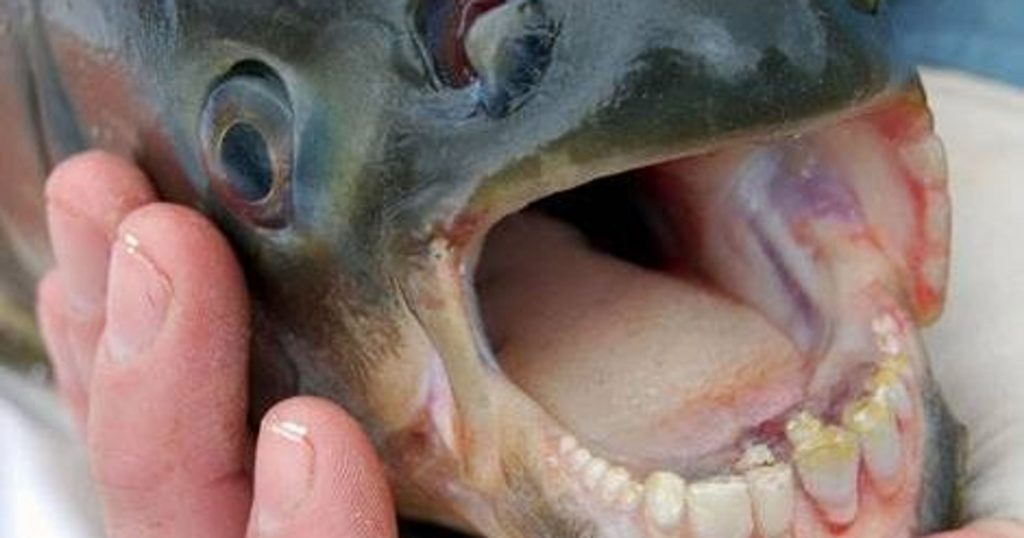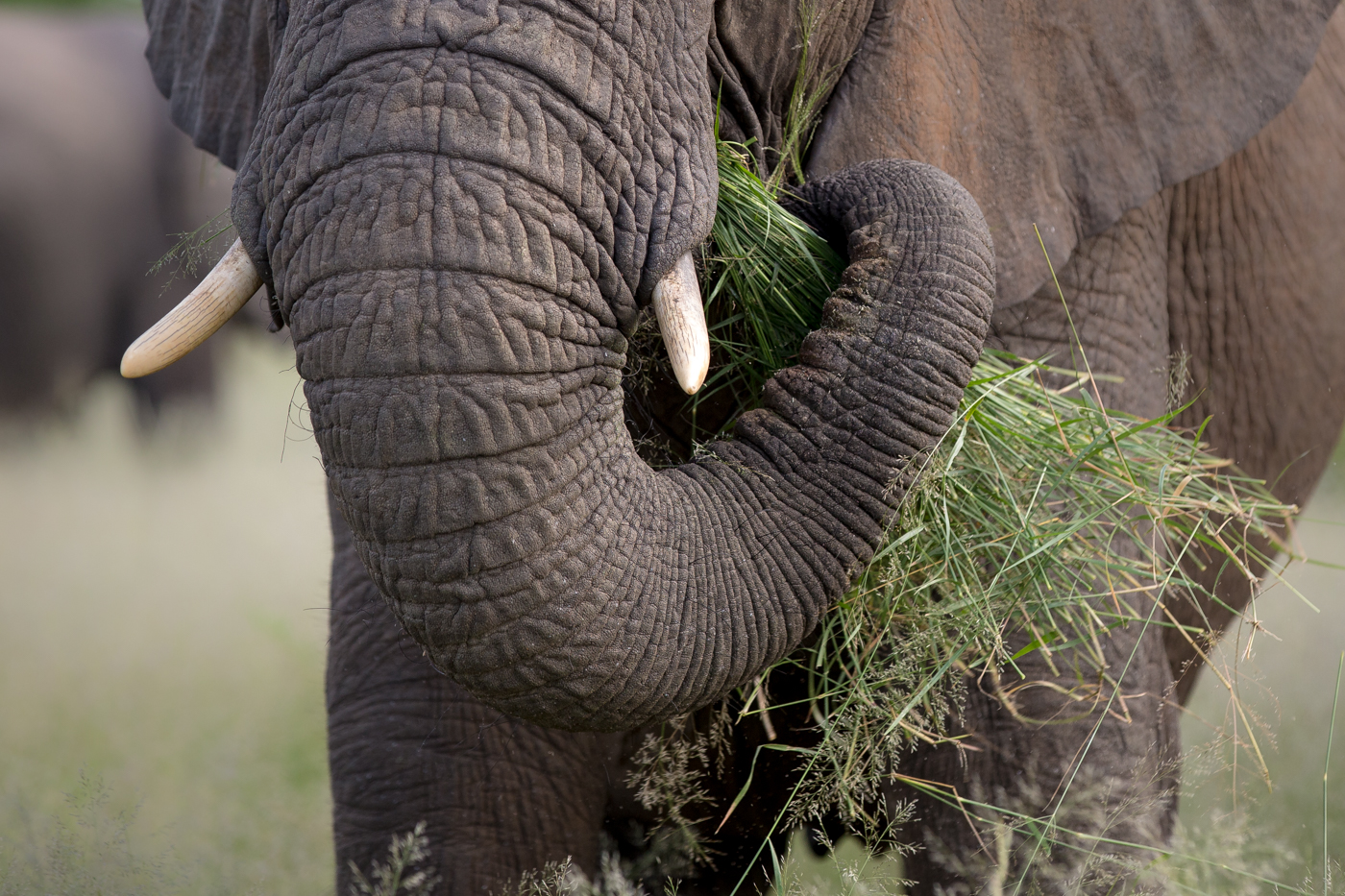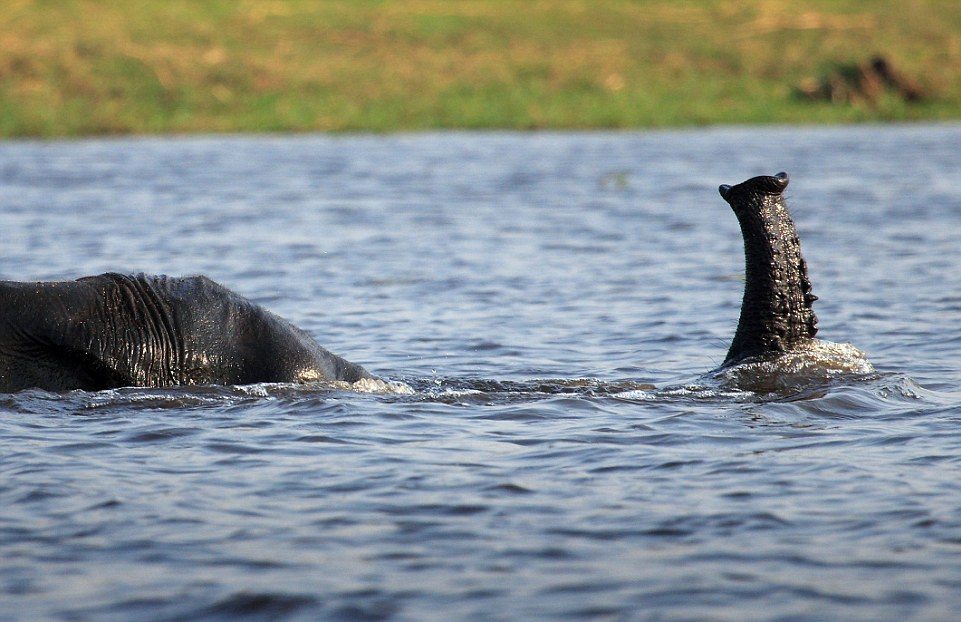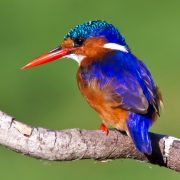5 Fascinating Penguin Facts You Didn’t Know
Penguins are adorable birds with a seemingly clumsy nature that has melted the hearts of both children and adults. These lovable creatures are loyal and family-oriented, which just adds to the growing list of reasons why people love them so much. Fall in love with penguins even more with these penguin facts!
1. There Are No Penguins At The North Pole

Photo Credit: pexels.com
Contrary to popular belief, penguins don’t live at the North Pole, and not all of them are found in Antartica. There are 18 different penguin species, but all of them are found almost exclusively in the Southern Hemisphere. Although, Galápagos penguins are sometimes spotted north of the equator.
2. Penguins Come In All Sizes

Little Blue Penguins (Photo Credit: kiwiclanger // Flickr)
Many people often think penguins are about the size of a toddler, but penguins come in many different sizes. The largest penguin species, the emperor penguin, stands about 4 feet tall. On the other hand, the smallest species is the blue penguin, coming in at 33cm – that’s about the size of a footlong Subway!
3. Penguins Are Aerodynamic

Photo Credit: nationalgeographic.com
Penguins are flightless birds that seem clumsy when they waddle on land, but they’re spectacular at swimming. Instead of wings, these seabirds have flippers, which propel them further below the water’s surface. The emperor penguin can dive as deep as 450 metres! Their aerodynamic shape also helps reduce drag and makes it easy for them to glide through the water effortlessly. They may not be able to soar through the skies, but they can definitely “fly” through the water.
4. More Than Just Black & White

Photo Credit: wikipedia.com
A penguin’s contrasting black and white coat may stand out, but it actually helps them camouflage when they’re in the water. Their black backs blend into the depths of the ocean from the top, while their white underside is hidden against the bright surface from the bottom. However, not all penguins are completely black and white, the southern rockhopper penguin has striking yellow eyebrows!
5. Penguins Care For Their Young

Photo Credit: pexels.com
For many animals, the male often leaves the female after mating, but penguins are loyal family creatures. In some penguin species, the males are the ones that incubate the egg while the female goes off to hunt for food. Additionally, male and female penguins usually pair up exclusively for the rest of their lives – such lovebirds!











































